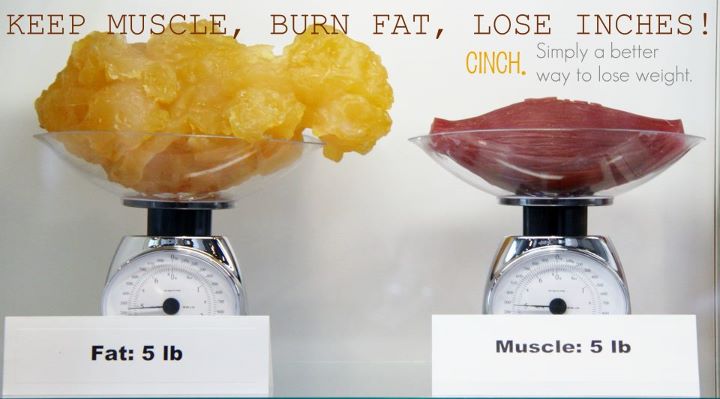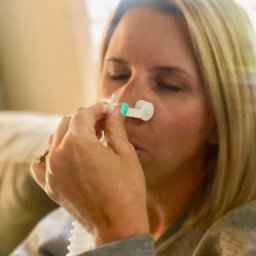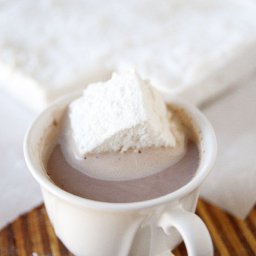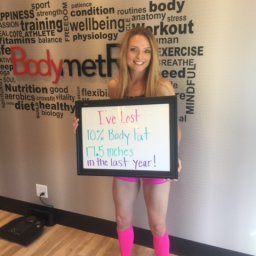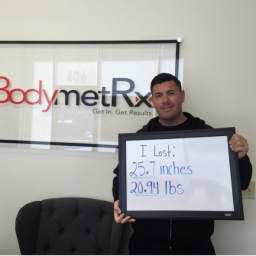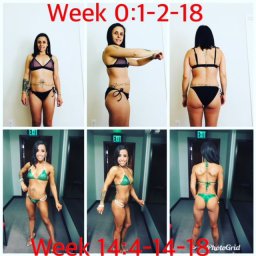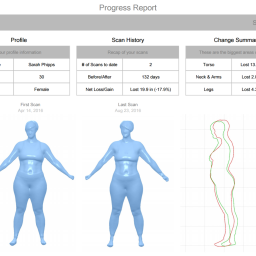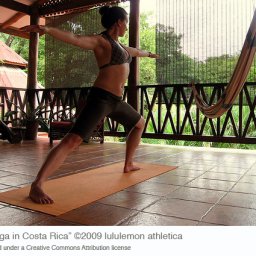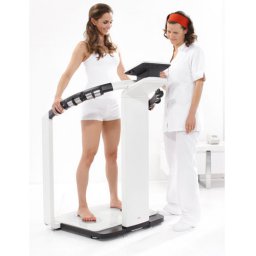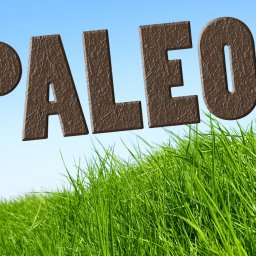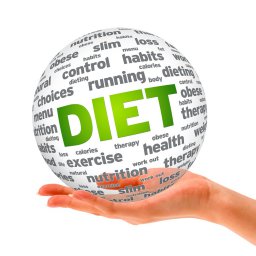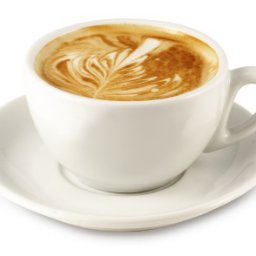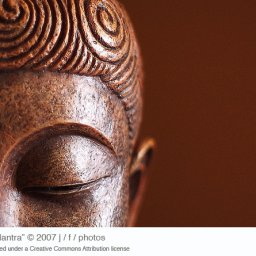
A CO2 test will determine the percentage and grams of both fat and carbohydrates your body is burning. With this information you can dial in your macronutrients (protein, fat, carbohydrates) according to your goals and eliminate the guesswork.
CO2 testing is a beneficial analysis that can take your diet and fitness to the next level when done alongside an RMR or a VO2 test. When ran with an RMR you will learn what ratio of fat and carbs your body is burning at rest. Oftentimes we are not consuming an adequate amount of healthy fats in fear that we will get fat. Here’s a newsflash for some, EATING FAT WILL NOT MAKE YOU FAT! In fact, in order for our bodies to incinerate unwanted body fat, we NEED to consume an adequate amount of fat.
When I first started CrossFit, I was in the category of those scared to consume fat. The big dawg coach informed me that I needed to turn my body into a fat burning machine by consuming more healthy fats in combination with exercise. I had just had a baby, was new to CrossFit, and had signed up for a “Paleo Challenge.” Wanting to shed the baby weight and win the challenge I conceded to this foreign notion, thinking he was border line full of crap. In the end, my body transformed, I won the challenge, and was sold on this fat thing. Jumping forward, I’ve become an addict and have created this business around body composition and analytics. To solidify this notion even more so, I was significantly excited to see that my body burns 77% fat and 23% carbs at rest. What this means is that if I were to chill on the couch all day (a pipe dream for me, I barely get to sit on the toilet alone, in peace) I would naturally be blazing through 77% or 113 grams of fat in my case, a day.
When CO2 is ran alongside a VO2 (I know, it’s a lot to digest) you will learn what percentage and grams you’re burning at different heart rate levels of both carbs and fats. This is useful because you are able to pinpoint exactly where your heart rate needs to be to burn fat.
This is a key factor for fat loss. Many people are over exerting their cardio routines, making them less effective. The beauty is that it’s not that hard to get in the fat burning zone. For most it’s a brisk walk at an incline for 30 minutes.
Tips to burn more fat:
1. Get a heart rate monitor. I recommend the Fitbit Charge HR (wrist only, no chest strap involved or the Polar A300 (chest strap and wristband). If you; re a runner or cyclist, the Polar M400 GPS Sports Watch with Heart Rate Monitor has a built in GPS tracking mechanism.
2. Eat the correct amount of healthy fats your body needs (which you’ll know after your CO2 test).
3. Exercise in your fat burning zone doing what you enjoy. Walking, biking, CrossFit, weight training, Jazzercise, Zumba etc.. at least 30 min a day 3x/week
4. Incorporate strength training. The more muscle you have the more fat you burn. This is because calorically, it takes your body more to maintain a pound of muscle than it does a pound of fat.
Tip the scales now!
